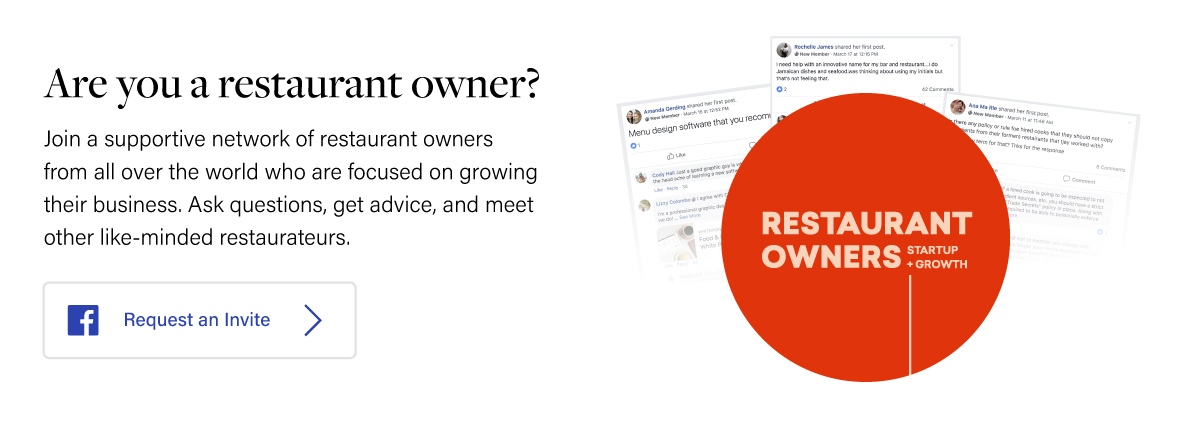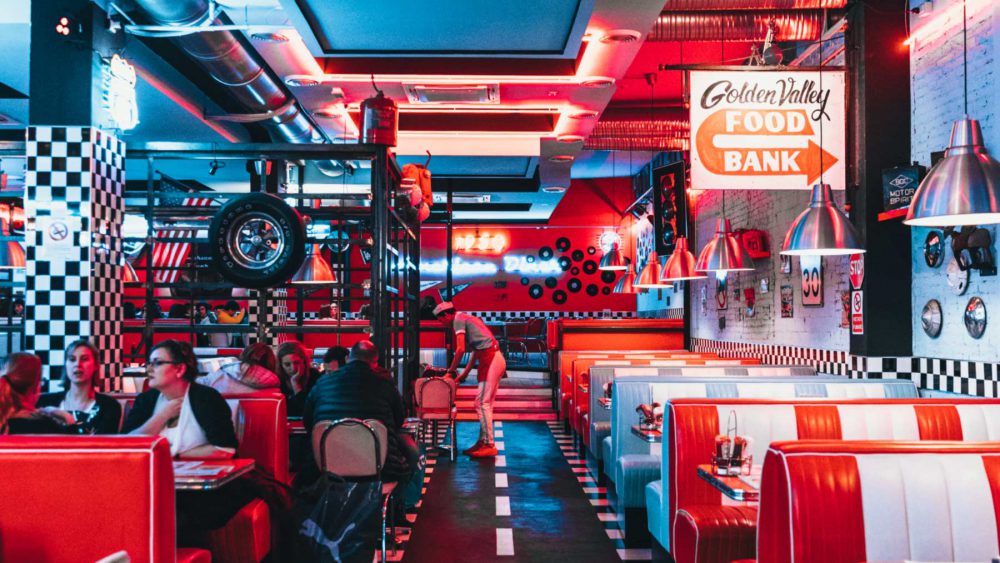9 Restaurant Trends to Be Ready for in 2019
December 18, 2018
Jeremy Wells
Restaurateurs are looking forward to the upcoming release of “What’s Hot Culinary Forecast 2019” from the National Restaurant Association (NRA). The research is a detailed report from the annual survey of the American Culinary Federation membership. The survey is intended as an attempt to guide top menu trends each year. However, when it comes to the holistic restaurant strategy, there are many other things restauranteurs should also be watching for in 2019. This article will briefly explore 9 restaurant trends expected to be in play for the upcoming year.
The trends highlighted in this article are developments which were started this year. They provide a general direction which consumers are headed with their purchasing decisions. While there are many important trends that are top of mind for the industry year after year, such as food safety and waste reduction, the trends in this article are related to what consumers expect in their restaurant experience.
1. Fast Casual
Fast-casual dining is most commonly found in the United States. Such services do not offer table service and are found to be moderately priced right between fine dining and fast food. Fast-casual is on the rise because the food at these types of establishments is typically a higher quality than fast food with less frozen or processed ingredients. Consumers perceive such restaurants as a healthier option for their families when they are choosing to eat out.
2. Order Ahead – Quick Service Restaurant
According to the NRA’s research (2018), a quarter of consumers say that technology plays a role in selecting a restaurant. In addition, technology is a core factor in the order ahead or Quick Service Restaurant (QSR) setting. Consumers are continuing with the trend of turning to their mobile devices on the go. The order ahead technology has been well adopted by companies like Starbucks, Dominos, Dunkin Brands, and many others. While the adoption of ordering ahead is popular to consumers, it comes with challenges for the restaurant. Considerations for restaurants according to the QSR magazine (2018) are issues with the payment experience and vulnerability to fraud. Quick service restaurants who are turning to e-commerce must consider their payment strategies and fraud protection to avoid losses.
3. Kiosk Ordering & Restaurant Tech
Kiosk ordering is another play from the advancing technology in the restaurant space. While the idea of kiosk ordering is similar to order ahead apps mentioned above, actual physical kiosks are proving to be a value-add to restaurants into 2019. McDonald’s has been one of the early adopters of this kiosk strategy. According to their CEO in an interview on CNBC earlier this year, Steve Easterbrook told CNBC that “if people want to dwell, have a little bit more time, they can go to a self-order kiosk, they can browse through the menu…and perhaps customize the food to their liking.” Kiosk ordering has become a natural way for consumers to get what they want through a computer interface they use every day.
Even limited and full-service restaurants are integrating the kiosk experience into their operations with handheld tablet menus. These tablets tap into another key 2019 restaurant technology trend: self-payment.
In fact, a recent survey by TSYS found that 79% of today’s customers want restaurants to offer tableside payment because of the convenience factor and extra layer of financial data security (the customer’s credit card never leaves the table).
(For more ideas regarding upcoming restaurant tech trends for 2019 check out this webinar with Buzztime and Seven Rooms)
4. Alternative Foods
Food swapping or alternative food ingredient options will be an ongoing trend into 2019. Consumers are interested more than ever in their health and weight. As a result of weight loss marketing of programs like that of Paleo, Keto diets and others, consumers are switching foods on the menu. For example, they might ask for a lettuce wrapped sandwich rather than the bun or fresh zucchini noodles rather than pasta. Adopting the alternative food mindset allows restaurant brands to attract consumers who want the food the way they want to eat it.
5. Vegan Movement
It is not surprising that the vegetarian and vegan movement continues as a 2019 trend. The movement is growing and not going away anytime soon. With the continued focus on health, climate, and animal welfare this movement has traction. As the result of how these consumers work, restaurants should have a couple of options on their menu for vegans; however, truly passionate vegans and vegetarians tend to flock to restaurants that cater to their choices in food as a lifestyle commitment. If you try to offer vegan options as well as mainstream menu items, you’ll probably find little success in attracting the vegan audience.
6. Simple Foods
Restaurants should have menu options that clearly offer simple ingredients. Simple menus that are easy to understand and ingredients that are not too complex can attract consumers. While the meal might not really be a healthier option than your current menu description, it is perceived better if the ingredients are common names and easy to obtain outside of your restaurant. This trend is more of a marketing and positioning trend than one of the actual changes in the food you offer.
7. On-site Farming
On-site farming is becoming more and more common. As such, it made it to this 2019 restaurant trends list. However, most on-site farming restaurants are only offering garden produce in their restaurants. On-site farming can be an effective strategy for vegan and vegetarian establishments who offer fine dining. Where all of the ingredients are readily available, and consumers can see how they are treated, a premium price can be achieved to match the added expense. Again, a strategy for emphasis on quality selection.
8. Farm to Table
Farm to table is somewhat similar to the trend of on-site farming above; however, it includes dairy and proteins such as red meats, fish, and poultry as farms are off-site. Farm to table is a trend common in urban environments where the farms are not too far away from town. This strategy is an effective marketing strategy to attract consumers who care about quality and fresh ingredients. The reality is that all consumers really want the freshest and best food available at a fair price. Making sure your products are never frozen gives the consumer a peace of mind that their meal will be of the highest quality.
9. Wood Heat
Wood heat isn’t really much more than an alternative heat source. However, this trend is one that we are seeing more and more of. It started out in the United States with brick ovens being used by many pizza parlors. Wood heat is a heat source that takes time and work to create. As the result, consumers perceive this effort and translate it into quality. Wood heat can often also enhance the taste of the food being cooked from the smoke generated during the cooking process. While wood heat is a likely trend in 2019, it isn’t one that every restaurant in the country can adopt.
Trends are a challenge to predict as they can change rapidly due to the influence of new technology or techniques. However, these trends are the general direction consumers are guiding restaurants today and into 2019. It is clear that consumers are seeking restaurants that offer options that are generally easy to order, healthy, and fresh. Be sure your restaurant’s core message and branding are aligned to deliver on any of these three categories. The most important strategy; however, is to deliver the restaurant experience that your specific consumers want.
Jeremy Wells
Partner at Longitude°
Jeremy is the author of Future Hospitality and Brand Strategist at Longitude°. As a member of the Education Committee for The Boutique & Lifestyle Leaders Association (BLLA) and a content contributor to Cornell University’s Hospitality Vision and Concept Design graduate program, he is a committed thought leader in hotel branding, concepting, and experience strategy.







